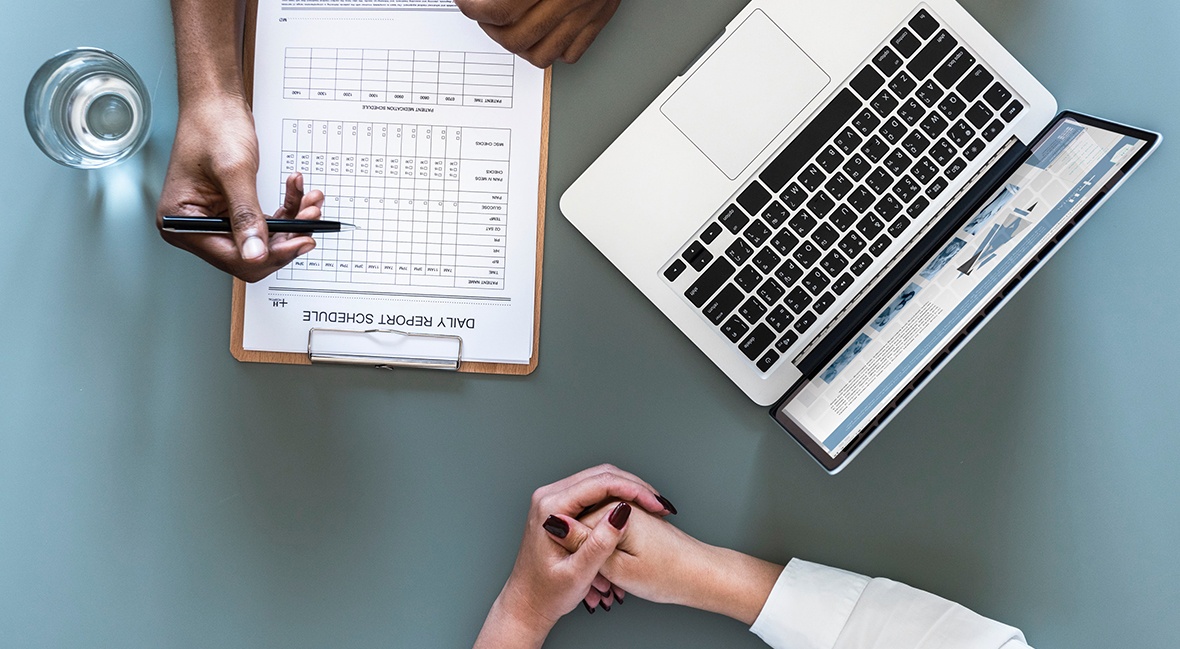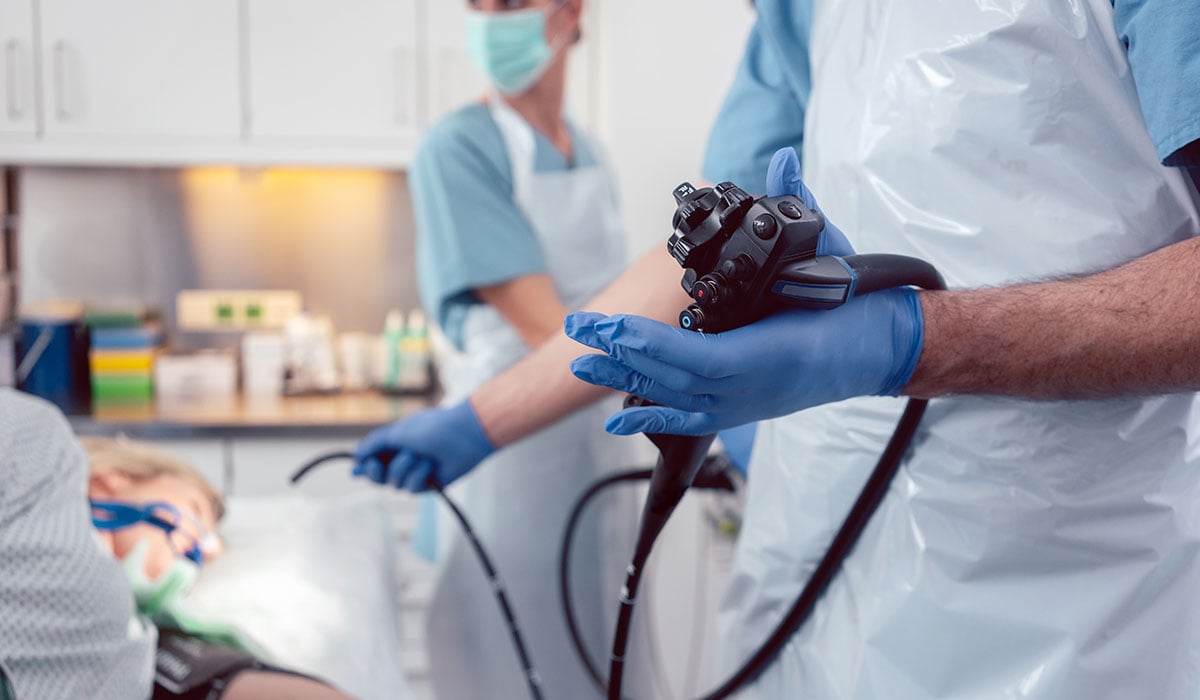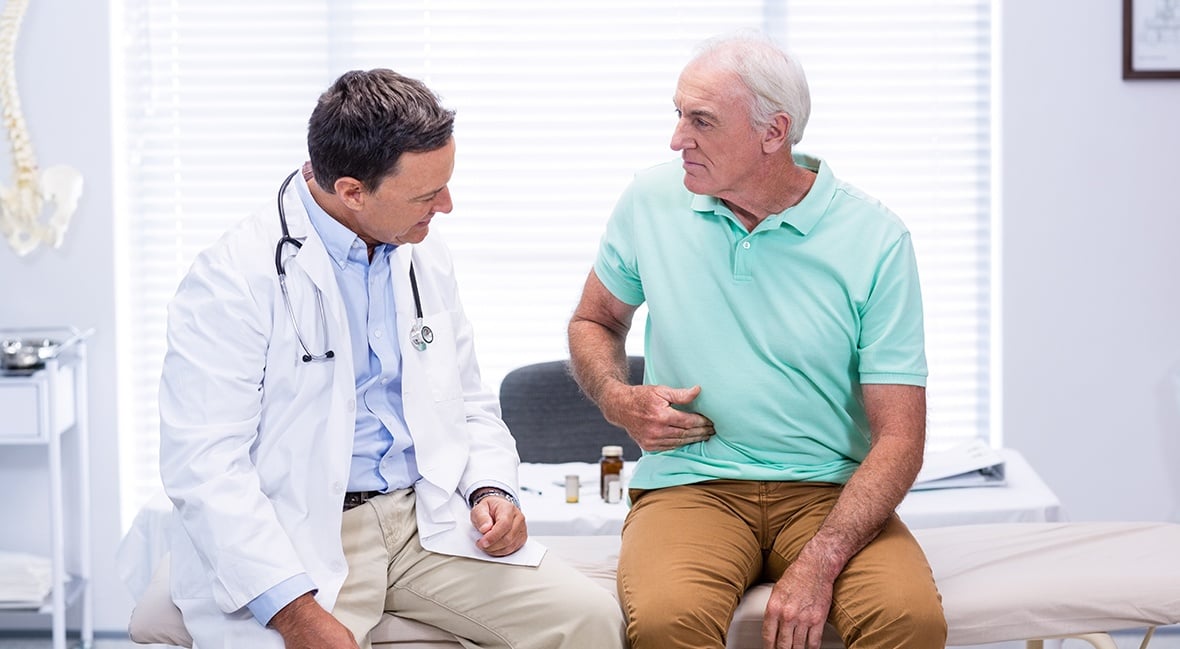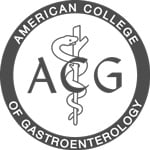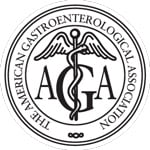The pain associated with gallstones (cholelithiasis) and gallbladder inflammation (cholecystitis) can be excruciating. Consequently, learning how to properly identify and remedy such attacks is mission critical.
The following breaks down the fundamental facts about the gallbladder and this common condition affecting approximately 10 to 15 percent of the U.S. adult population—with about 1 million cases presenting annually—including preventative measures and treatment options.
Gallbladder Spotlight
- Your gallbladder is a small, pear-shaped organ located just behind your liver, where a bitter, greenish-brown alkaline fluid, called bile, that aids in the digestion of fats collects.
- The job of the gallbladder is to store bile after it has been secreted by the liver.
- If you are feeling pain associated with a gallbladder infection, your discomfort will most often originate in the upper right portion of your abdomen. The pain will likely come on suddenly and intensify quickly. It may also be felt in the center of your abdomen, just beneath the breastbone; or may present as back pain, between your shoulder blades.
- One of the most common causes of gallbladder pain are gallstones—hardened deposits of digestive fluid (also called gallstone disease, or cholelithiasis).
About Gallstone Disease...
- Most of the time, cholelithiasis exists with no subsequent symptoms. However, when gallstones block the passageway of the bile duct, the resulting inflammation in the gallbladder (cholecystitis) can cause severe pain, and may call for surgical removal of the gallbladder (cholecystectomy).
- Before age 60, women are at higher risk of developing gallstones than men. After age 60, the risk is about the same for both men and women.
- Gallstones become more common as we age. Other factors contributing to the risk of developing gallstones include: excess weight, losing a lot of weight quickly, diabetes, and a family history of gallstones.
- Gallstones blocking the tube leading out of your gallbladder are the most common cause of cholecystitis, but bile duct malfunctions, tumors, severe illness, and certain infectious diseases may also be catalysts.
- Gallstones occur when cholesterol and other substances found in bile, like bilirubin, accumulate, to form stones.
- There are two types of gallstones:
- Cholesterol gallstones usually appear yellow in color and are made primarily of undissolved cholesterol.
- Pigment stones are dark in color (brown or black) and comprised mostly of bilirubin and calcium salts—two other ingredients in bile.
Kick Gallbladder Attacks to the Curb
If any of the above describe your current condition, you should arrange a consultation with your gastroenterologist for a proper diagnosis. Then, you can work together to create a plan of action that relieves you of your symptoms. In the meantime, there are some dietary changes you could make, today, to be proactive about your gallbladder health.
Reduce your intake of:
- Fried Foods
- Dairy products (milk, eggs, cheese, butter)
- Fatty red meats (beef, pork, lamb)
Increase your intake of:
- Whole grains (quinoa, brown rice, oats)
- Green vegetables (kale, spinach, broccoli)
- Legumes (peanuts, chickpeas, lentils, beans)
- Nuts/Seeds
- Citrus fruits
Healthy Habits
Exercise.
Physical activity helps in maintaining healthy weight and cholesterol levels. According to the American Heart Association, the recommended amount of physical activity for people who would benefit from lowering their blood pressure or cholesterol is 40 minutes of aerobic exercise of moderate to vigorous intensity, three to four times a week.
Don't lose too much weight, too quickly.
Your liver may release more cholesterol than usual into your bile if:
- You don't eat for an extended period of time.
- You drop pounds quickly, whether by crash-dieting or weight-loss surgery.
The recommended pace for healthy, sustainable weight loss (that is, if you need to lose weight at all) is around a pound or two of fat per week.
Cholecystectomy
In many cases of gallbladder disease, removal of the minor organ (cholecystectomy) is inevitable. In the United States, where approximately 20 million people have gallstones, it is a very common procedure. Of those afflicted, about 300,000 patients opt for surgical gallbladder removal, or cholecystectomy, per year.
Cholecystectomy is often performed as a minimally invasive laparoscopic procedure, with four small incisions. When this is not possible or appropriate, your surgeon may decide to perform an open cholecystectomy using one larger incision.
In any case, there is only a small risk of post-surgical complications. Most of the time, you'll be permitted to go home the very same day.
A cholecystectomy is performed using general anesthesia, so you will be unconscious during the procedure.
Gastroenterology Associates specializes in helping restore you and your family to optimal digestive health. We are conveniently located adjacent to Long Island Center for Digestive Health (LICDH), a New York State-licensed non-hospital outpatient facility dedicated to providing high-quality endoscopic and colonoscopic services in a comfortable, welcoming environment. For more information or to schedule an appointment, contact us today!
Topics: gastroenterology associates



